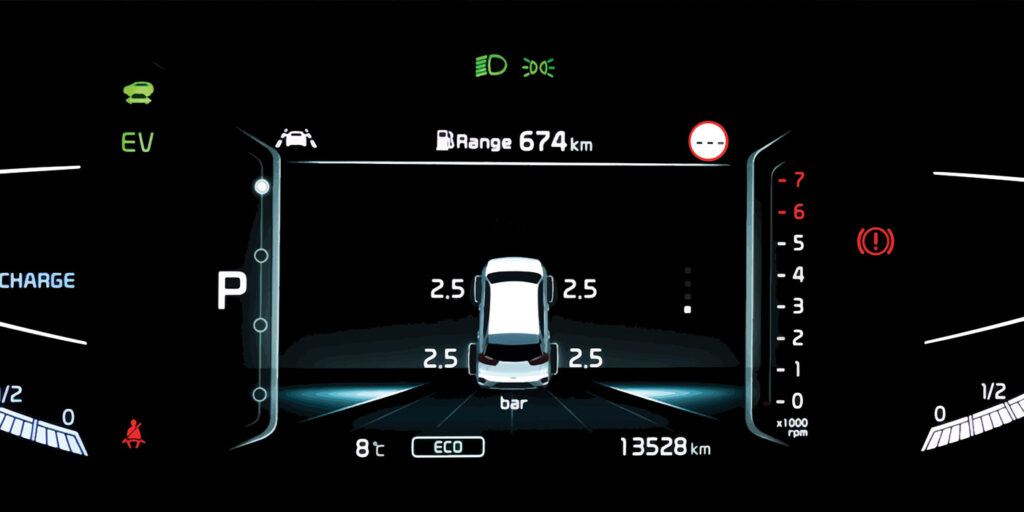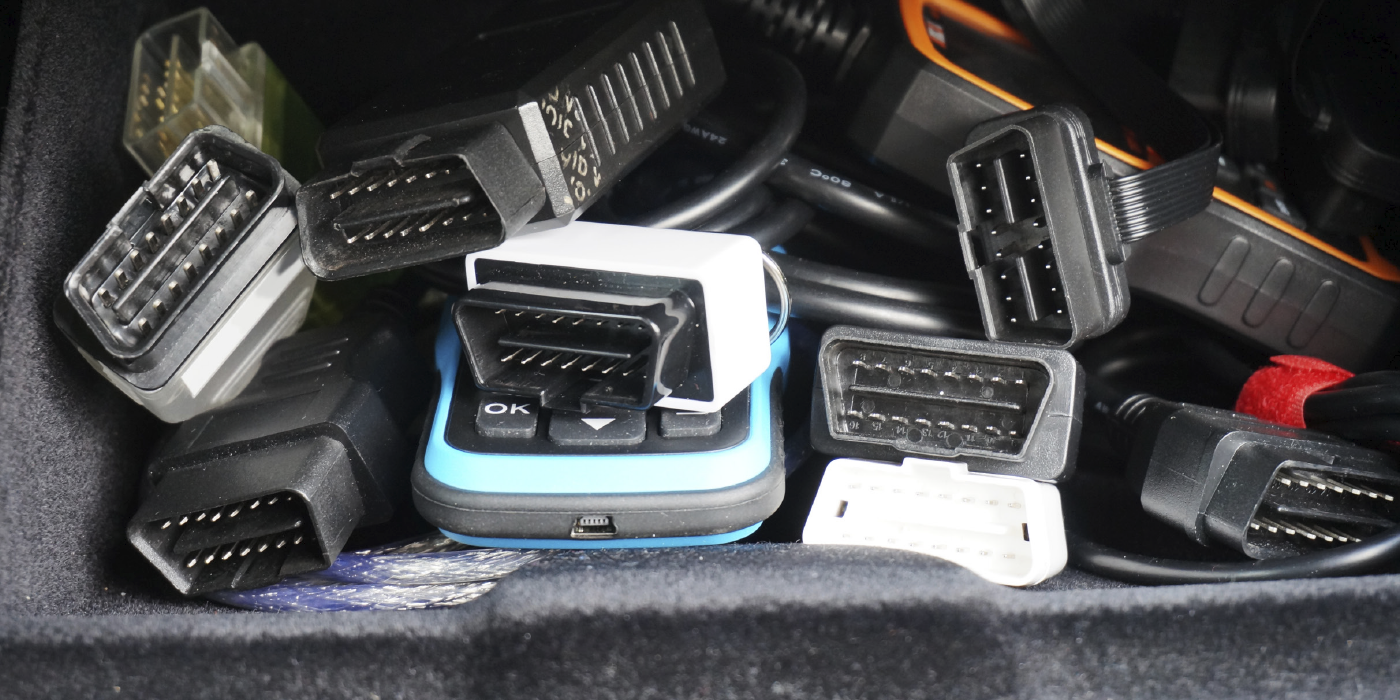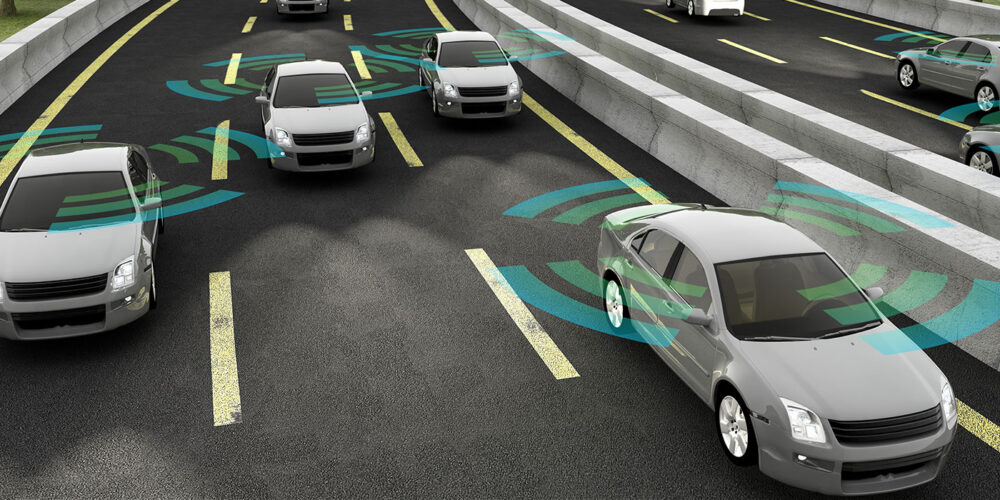It is often true with new technology, Tire Pressure Monitoring System (TPMS) diagnostics were difficult when the unfamiliar systems began to trickle into our shops 20-some odd years ago. Part of the reason may have been unfamiliarity, but I seem to remember a lot of inconsistencies with service information, system operation, system resets and sensor types, just to name a few of the woes.
It was just another one of the typical growing pains we face in our industry. How many TPMS sensors did you break, especially the banded ones, before you trained yourself to consciously think about them when dismounting a tire?
The good news is, if I had to pick one piece of technology and its associated diagnostics that has improved considerably in the last few years, it’s TPMS. I give a lot of credit to the one thing that is greatly responsible for it: the TPMS scan tool. And I can take it a step further and credit the people behind the scan tool.
One reason that TPMS diagnostics are always a prevailing topic is that tires don’t have time on their side. From the second a new tire hits the ground, it’s a magnet for potholes, punctures and curbs. And it always happens at the worst possible time; on your way to work or on vacation hundreds of miles from home. And tires make people worry. Low tires make people worry even more, and not knowing if a tire is low makes people worry the most. We have come to depend on TPMS.
Whether it’s a reset, relearn or repair, regardless of the cause, as technicians, TPMS service is one that we must be able to perform quickly and efficiently, and our friends in the tool industry recognize this. They know we don’t have time to waste. They know we need to be profitable, and they know more than anything that more often than not, someone may be waiting on their car.
The features of new TPMS scan tools lead the way for us as technicians to make short work of diagnosing a problem. To begin with, they can either scan the bar code on the VIN tag, or automatically identify a vehicle through the wireless vehicle communication interface. Easy stuff. Then, their user interfaces are as good as any new cell phone. They simply make it easy to understand. Real people are designing these tools.
And who works relentlessly with auto manufacturers to make sure they have all of the information and can perform all necessary procedures to any make or model? The folks that design the scan tools, that’s who. They work hard so we can get the job done.
Many TPMS scan tools also take the place of having to look up service information. For example, they can give us the relearn procedure for every vehicle equipped with TPMS. It’s right there at your fingertips.
And they’ve even taken it a step further. In the past, there have been many different sensors, making compatibility an issue. Some scan tool manufacturers are also designing sensors that can be used in almost every make or model, allowing us to keep one sensor in stock for virtually everything. Talk about saving time!
If there’s icing on the cake, many TPMS scan tools can access tire information or allow you to enter it, as well as generate comprehensive test reports that can be easily shared with your customers. They cover all the bases, make it efficient for us as technicians and wrap up TPMS diagnostics in a nice package.














